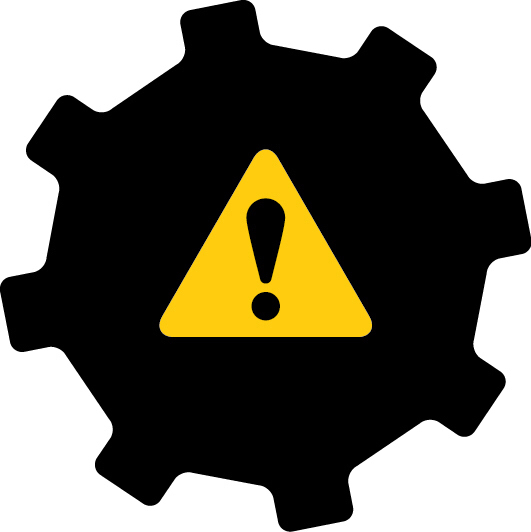Information
-
Document No.
-
Audit Title
-
Client / Site
-
Conducted on
-
Prepared by
Incident Date
-
Select date
Incident Location
Investigation Team
Corrective and Preventative Actions
Incident Detail
-
Company Impacts (business interruption etc)
-
Medical Treatment
-
Risk Rating
-
Damage to Equipment
-
Total Incident Cost
-
Environmental Impact
Incident Description
Incident Timeline (list critical events)
-
Select date
-
Select date
-
Select date
-
Select date
Witness statements
-
Add media
Sketches or diagrams
-
Add drawing
-
Add media
PEEPO (Procedures, Equipment, Environment, People, Organisation
Procedures or Work Method
-
Were procedures available for the task?
-
Were the procedures used? Correct version?
-
Did the procedures anticipate or identify the risks that led to the incident?
-
Are required competencies documented?
-
Are equipment registers/logbooks used and reviewed regularly?
Equipment
-
Faulty or failing equipment?
-
Was design or quality of equipment a factor?
-
Appropriate equipment/tools available?
-
Was equipment working within its limitations?
-
Were any safety devices inoperative at time of incident?
-
Were any modifications made to the equipment?
-
Has maintenance been conducted as per the schedule/plan?
-
Are regular inspections/pre-start checks conducted on equipment?
-
Was a Lockout / Isolation conducted if required?
Environment
-
Were weather conditions a factor?
-
Were any house keeping issues involved?
-
Did the location of the work area contribute?
-
Visibility?
People
-
Were persons experienced in task?
-
Had they been adequately trained?
-
Has competency been documented?
-
Was fatigue a factor?
-
Was PPE required and or worn appropriately?
Organisation
-
Was there adequate and effective supervision available?
-
Have similar incidents occurred previously?
Absent or failed defences - these are systems designed to protect the overall system from the results of human or technical failures - the 'last minute' protection designed to avoid a bad outcome. Tick the ones that are contributing factors.
-
Detection systems
-
Protection systems
-
Warning systems
-
Guards or barriers
-
Control systems
-
Recovery or backup systems
-
Escape systems
-
Rescue systems
-
Safety Device Operation
-
PPE suitability/avaliablity
-
Safe work instructions
-
Hazard ID/Awareness
-
Risk controls
-
Supervision
Individual / Team Action
-
Unintended Slip - errors mainly due to inattention, distraction or poor vigilance. Usually occur during well-practised and familiar tasks in which our actions are mostly automatic.
-
Unintended Mistake - poor judgement or decision making.
-
Mistake type:
-
Unintended Lapse - failure to carry out an action due to memory failure.
-
Intended Violation - deliberate deviation from safe operating procedures, standards or rules.
-
Violation type:
- Rotuine - habitual corner cutting, accepted practice
- Situational - time or resource presures
- Personal optimising - personal convenience, suits self
- Organisational optimising - commercial or production goals override safety goals
- Exceptional - unusual emergency circumstances
- Reckless - deliberate, not caring or thinking of consequences
Task / Environmental Conditions - refer to lists on page 42-43
Workplace
-
Error Factors - Workplace
-
Error Factors - Human
-
Common Factors - Workplace
-
Common Factors - Human
-
Violation Factors - Workplace
Organisational Failures - Basic Causes - Page 44 pocket guide.
-
Hardware
-
Training
-
Organisation
-
Communication
-
Incompatible Goals
-
Procedures
-
Maintenance Management
-
Design
-
Risk Management
-
Management of Change
-
Contractor Management
-
Organisational Culture
-
Regulatory Infuence
-
Organisational Learning
-
Vehicle Management
-
Violation Factors - Human
Conclusions or Observations
Sign Off: Acceptance of findings and comments
Activity Manager (relevant area):
-
Add signature
General Manager (relevant area):
-
Add signature
Safety and Environmental Risk Manager:
-
Add signature
CEO:
-
Add signature















